Guess what? Everyone has some belly fat, even if you see flat abs on someone. This is totally normal. Fat is important for our bodies, but not all fats are the same. The type and where it is in your body can affect your health. Subcutaneous belly fat is just under your skin. It’s the fat that might make your clothing feel tighter. You might also notice your belly getting softer and rounder. Deep belly fat, known as visceral fat, is inside your belly, close to your organs. It surrounds your heart, lungs, liver, and more. Having some visceral fat is okay as it protects your organs. But too much can be very bad. Extra fat around your heart increases the risk of many health problems. These include high blood pressure, type 2 diabetes, heart disease, dementia, and some cancers like breast cancer and colon cancer.
To reduce deep belly fat, you have to trim down. You probably already know how: by burning more calories than you eat. This means exercising more and eating fewer calories. Adding good sleep and managing stress also helps a lot with your belly fat-burning plan.
Key Takeaways : Diet To Banish Belly Fat
- Subcutaneous belly fat is located just under the skin, while visceral fat is deeper inside the abdomen around organs.
- Visceral fat can increase the risk of health issues like high blood pressure, type 2 diabetes, and heart disease.
- Reducing belly fat requires a combination of diet, exercise, sleep, and stress management.
- There is no “spot reduction” of belly fat – weight loss happens throughout the body.
- Sustainable lifestyle changes, not quick fixes, are key for long-term belly fat loss.
Understanding Belly Fat
Belly fat isn’t just a simple issue. It includes both subcutaneous and visceral fat. Knowing these fats and their risks helps in tackling and cutting down on this type of fat.
Subcutaneous Belly Fat
Subcutaneous belly fat is right beneath the skin. This fat shows up, and it can make clothes fit tighter. But, it’s not as risky as visceral fat, which we’ll talk about next.
Visceral Fat: The Dangerous Type
Visceral fat surrounds organs inside you. It can harm your health significantly. This type of fat is really deep and is called “visceral adipose tissue.”
Health Risks Associated with Belly Fat
Extra belly fat, especially visceral fat, can lead to many health problems. These include high blood pressure, diabetes, heart disease, and even some cancers. Its nearness to vital organs can make health issues worse.
Diet To Banish Belly Fat
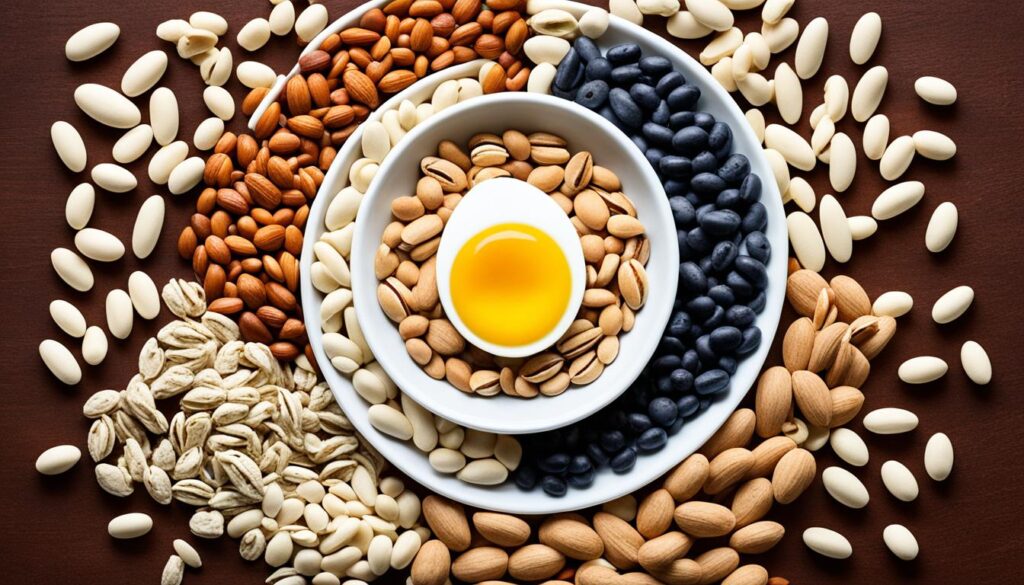
There are no magic foods for losing belly fat. Don’t believe the hype about trendy items like apple cider vinegar or protein shakes. However, when you diet, the fat around your stomach often decreases first. Losing weight can happen in many ways, not just one. It’s key to eat and drink fewer calories than your body uses.
Low-Carb Diets and Weight Loss
Adding 7 grams of viscous fiber to your diet could help you lose a little weight (0.7 pounds). It might also reduce your waist size a bit (0.25 inches) in about 10 weeks. This type of fiber slows down how fast you digest food. It’s good for your heart and helps control blood sugar. You can get it from foods like oats, peas, beans, apples, and more.
Mediterranean Diet: A Sustainable Approach
People often wonder if drinking more water can make you lose belly fat. Water might not directly target belly fat, but it helps with overall weight loss. Staying hydrated improves your ability to work out and is needed to burn fat. Plus, it’s a healthy choice over sugary drinks since it has no calories.
Importance of Fiber and Protein
Adding 7 grams of soluble fiber to your daily meals can result in a small weight loss (0.7 pounds). This could also lead to a slight decrease in waist size (0.25 inches) after 10 weeks. Soluble fiber helps manage cholesterol and sugar. It’s in foods like oats, peas, beans, and psyllium.
Exercise for Belly Fat Reduction

Want to lose belly fat? It’s more about your lifestyle than just doing crunches. You should aim for 225 to 420 minutes of exercise each week. This helps you lose weight all over.
Recommended Exercise Duration and Intensity
The key to losing weight is how much you exercise and how hard you work out. Doing low-intensity workouts like easy yoga might not be as effective. For better weight loss, it’s important to do exercises that make you work up a sweat.
Combining Cardio and Strength Training
For a powerful routine, mix up cardio like running or dancing with strength training. This mix can boost your health in many ways. It helps with mental skills, keeps your metabolic health in check, and makes daily tasks easier as you get older.
The Role of Sleep in Belly Fat Loss

Having enough sleep is vital for your health and helps to control your weight. If you sleep less than 7 to 8 hours a night, you might find it harder to lose belly fat. This is because not getting the right amount of sleep can lead to more fat in your belly. Compared to those who sleep well, you are at a higher risk of gaining belly fat if you don’t sleep enough.
Sleep Deprivation and Weight Gain
A study looked at 12 healthy adults without obesity. They slept only 4 hours a night or 9 hours. Those who slept less ate more, especially fats and proteins. They also didn’t move more than when they slept better. This caused them to gain weight during the study’s sleep deprivation phase.
It’s not fully understood why this happens. One thought is that not sleeping enough might make the body produce more hormones that make you feel hungry. Another idea is that poor sleep can lead to the part of the brain that craves food and finds pleasure in eating being more active. As a result, people tend to reach for unhealthy foods more when they’re tired.
Belly Fat-Burning Foods
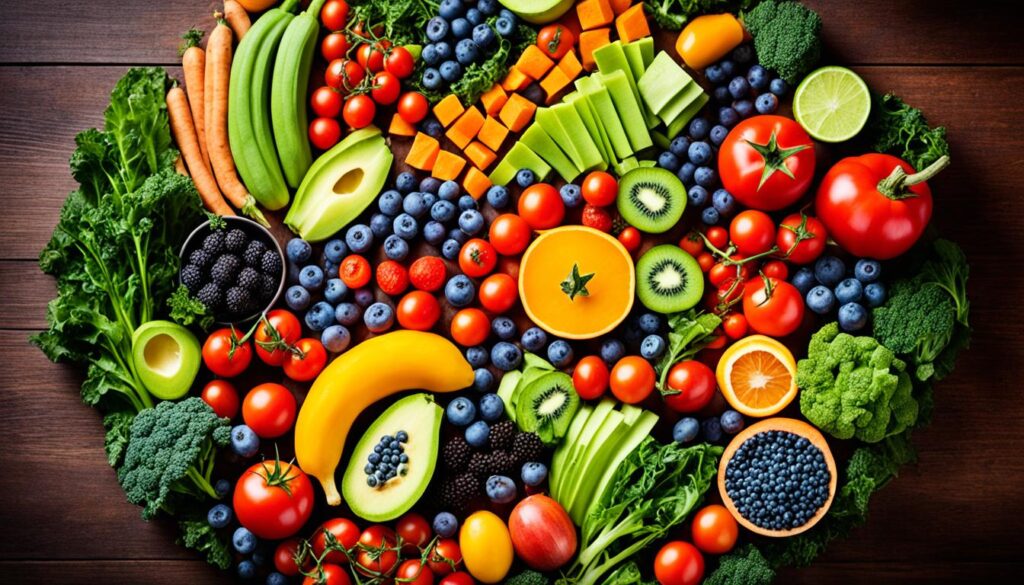
Eating certain foods can help you lose stubborn belly fat. Soluble fiber is key in this process. It can reduce the fat around your organs. Studies show that having only 7 grams of a special type of soluble fiber each day can lead to losing a bit of weight after about 10 weeks.
Soluble Fiber and Visceral Fat
Soluble fiber is great because it slows down how fast you digest food. It can also lower your cholesterol and blood sugar. Oats, peas, beans, and fruits like apples and citrus are all good sources. Adding more of these foods to your meals could help you trim down your waist over time.
Hydration and Fat Burning
Staying hydrated is critical for losing fat. Drinking plenty of water helps in several ways. It keeps you strong for exercise, helps your body burn fat, and stops you from drinking high-calorie drinks.
Besides fiber and water, there are other great foods for fighting belly fat. This list includes items like bananas, green tea, nuts, and leafy greens. By eating these foods regularly, you can help shrink your waistline and feel healthier.
Lifestyle Factors Affecting Belly Fat

Things like stress, not sleeping enough, and high cortisol levels can make you want more food. This often means food that’s not good for you. It’s key to eat mindfully, notice when you’re full, and figure out what makes you eat when you’re not actually hungry. This can stop you from eating too much, which helps keep belly fat under control.
Having good friends and doing things like yoga or meditation can make a big difference, too. They help lower stress and support losing fat.
Stress Management
When you’re always under a lot of stress, your body can store more fat in the belly area. This happens because cortisol, a stress hormone, goes up. It can also mess with your sleep. Doing things that help reduce stress, like working out often, meditating, or being with people who support you, is important. These activities can help keep your stress levels and weight in check.
Mindful Eating
Being really aware of when you’re truly hungry and when you’re full can stop you from eating for the wrong reasons. This is known as mindful eating. It can prevent you from giving in to food cravings that pack on belly fat. Taking the time to enjoy your meals, not doing other things while you eat, and knowing when you’ve had enough are all good for managing your weight and eating well.
Personalized Approach to Belly Fat Loss
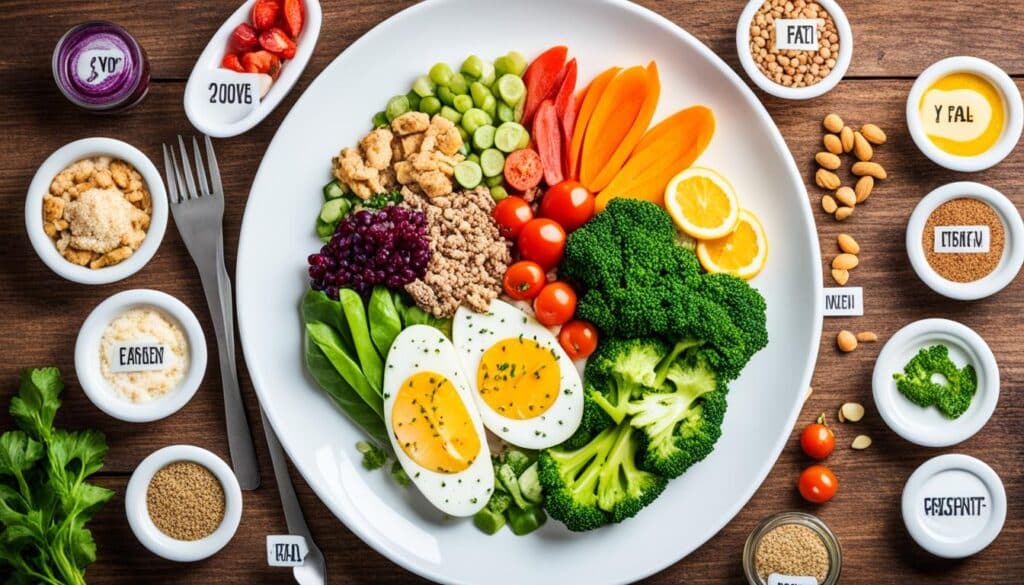
Losing belly fat is not the same for everyone. It’s best to work with health experts like doctors or dietitians. They can help you make a plan specifically for you. Your plan will consider what you need, your goals, and your health. It’s important to create habits that last, like eating well, working out, managing stress, and getting enough sleep.
Consulting Health Professionals
Health professionals can be a big help. They offer advice on a diet and strategy to lose belly fat. These are made just for you. Working with a doctor or dietitian helps make a plan that looks at why you have belly fat. This could be due to things like hormones, your metabolism, or your lifestyle.
Sustainable Habits for Long-term Success
Keeping weight off means making changes that you can stick with. Regular exercise, managing stress, and getting good sleep are important. Also, setting real goals, tracking your progress, and having support can help a lot. These steps boost your chance of losing belly fat and keeping it off for good.
Remember, quick diets don’t usually work in the long run. And real success comes from a balanced lifestyle. With the right plan and habits, you can beat belly fat for good.
Tracking Progress
Just exercising might not help you lose weight or belly fat. Think about what you eat and drink too. Measuring your body is key, not just your weight. The scale may not show big changes, especially as you lose fat and gain muscle.
Your clothes and waist size tell you more about your body changes. This is especially true for your belly fat and health.
Body Measurements vs. Scale Weight
The scale can be misleading when checking your progress. It may not show the full story as you work on your belly fat. Even if the scale doesn’t move much, you could be losing fat and gaining muscle. Measure your waist too. It can tell you more about changes in your body fat.
Monitoring Waist Circumference
Keeping your waist size low is good for your health. Experts suggest aiming for a waist size under 35 inches for women and 40 inches for men. Measure your waist often. It helps you see if you’re making progress. Make changes to your diet and exercise as needed to keep losing weight and getting healthier.
Misconceptions About Belly Fat Loss
Many people believe they can lose belly fat by only working on that part of their body. They think “spot reduction” works, meaning fat loss only happens in one place. But the truth is when you exercise and watch what you eat, fat goes away from your whole body, not just belly fat.
Spot Reduction Myth
Lots think doing exercises that target the stomach like crunches can make you lose belly fat. While these exercises help your muscles, they don’t make fat disappear from just your belly. Losing fat means burning more calories than you take in, which uses up the fat stored all over your body, not just the stomach.
Quick Fixes vs. Lifestyle Changes
Some believe in quick diets or special tricks to lose belly fat fast. But real fat loss needs a complete lifestyle change, including healthy eating, regular workouts, and stress relief. Turning to trendy diets, only working out, or avoiding nutrition and lifestyle fixes hardly ever give long-term results. It’s about making lasting, healthy choices to improve your whole well-being, not just fixing the problem for a short time.
Also Read : Understanding Diet Definition: Health Essentials
FAQs
What is the difference between subcutaneous belly fat and visceral fat?
Subcutaneous belly fat is directly under the skin. It makes the belly feel soft and look round. Visceral fat is around organs like the heart and liver. It increases risks like high blood pressure and diabetes.
What are the health risks associated with having excess belly fat?
Extra belly fat, especially around organs, can lead to serious health issues. These can include high blood pressure, diabetes, and heart disease. It also raises the risk of dementia and some cancers.
Is there a “magic” diet or food that can specifically target and burn belly fat?
No magic diet or food targets belly fat. To lose weight, eating fewer calories than you burn is key. However, including high-fiber foods in your diet can help cut down on belly fat over time.
How much exercise is needed to start losing belly fat?
Experts say 3.75 to 7 hours of exercise each week aids in weight and belly fat loss. Mixing cardio with strength training is the best approach. It builds muscle and speeds up your metabolism.
How does sleep impact belly fat?
Getting 7-8 hours of sleep nightly is crucial for keeping belly fat in check. Not enough sleep can increase hormones that make you hungry. It also activates areas of the brain linked to food cravings.
What are some foods that can help burn belly fat?
Choosing foods like bananas, green tea, and fish high in omega-3s can help with weight and fat loss. Others include apples, oatmeal, and leafy greens. Drinking plenty of water is also beneficial.
What lifestyle factors can impact belly fat besides diet and exercise?
Managing stress, eating mindfully, and having support from friends and family are essential. Stress and sleep deprivation can raise cortisol levels. This increases the urge to eat unhealthy foods, which builds belly fat.
How can I track my progress in losing belly fat?
Focus on how your clothes fit and measure your waist. A waist size under 35 inches for women and 40 inches for men is healthier. This is better than only watching your weight on the scale.
Is it possible to target and lose fat from a specific area of the body?
No, spot reduction isn’t possible, such as just losing belly fat. When you lose weight, it comes off from the whole body. So, concentrate on diet and exercise for overall fat loss.


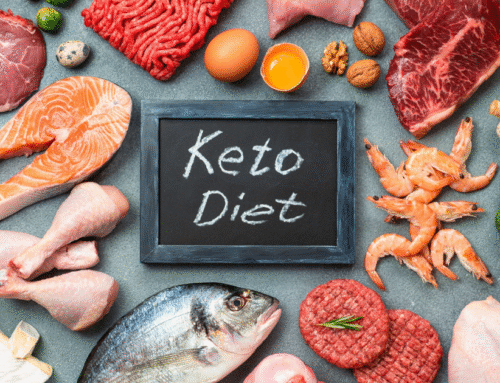

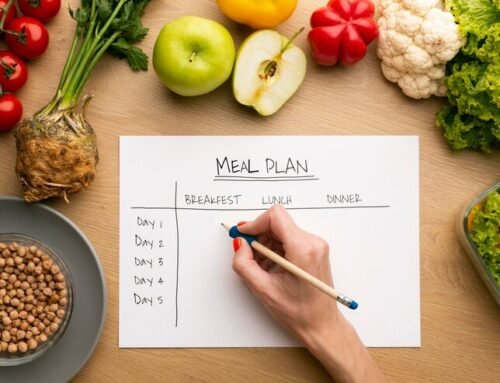



Leave A Comment